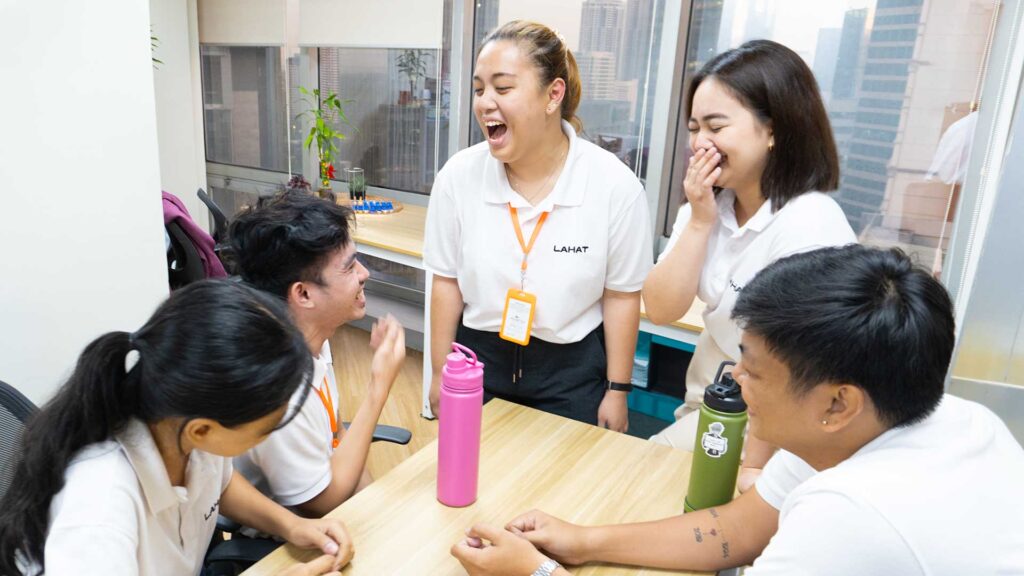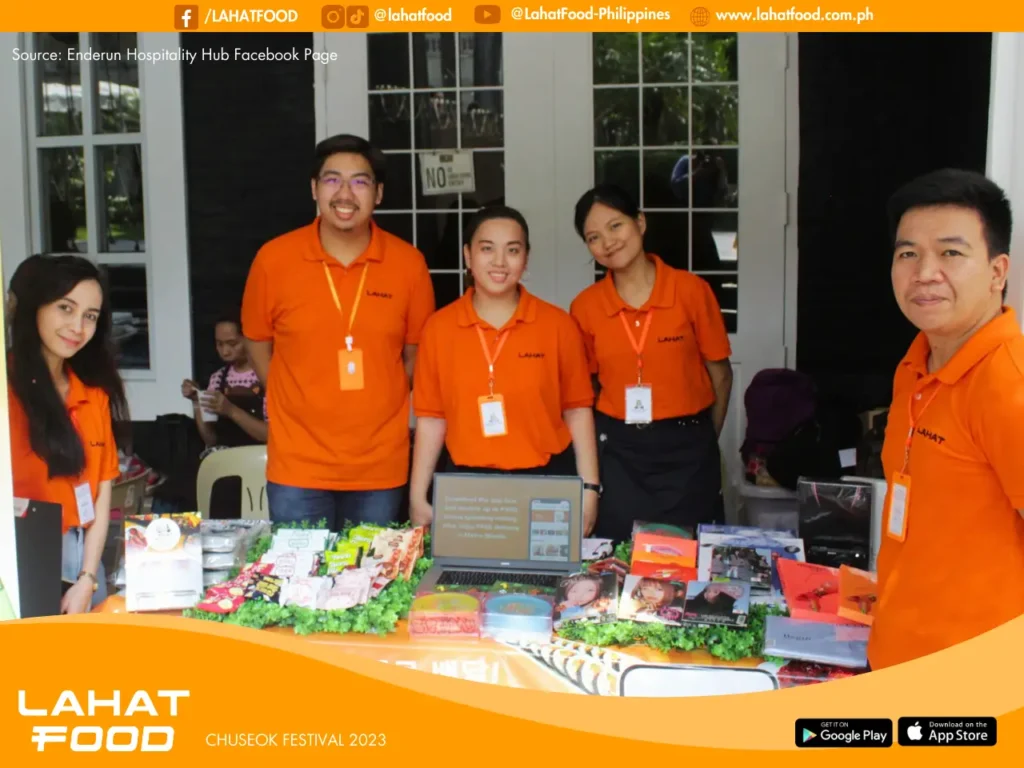Skip To What You Need To Know
Creativity is what keeps life fun, even when things get tough. Think about it—the YouTube vlogs you binge, the podcasts that keep you company, or your favorite K-pop tracks (or whatever’s on your Spotify playlist) getting you through EDSA traffic. And let’s not forget those addictive mobile games that give you a quick adrenaline rush, helping you forget the stress (or at least distract you for a while). That’s the power of the creative economy—it’s always there to keep you going.
Yet behind every catchy tune, entertaining vlog, or engaging game is a creative worker—an artist, designer, writer, or animator—whose talent and effort bring these experiences to life. Today, however, the creative jobs in the Philippines and its very people who fuel your daily escapes are facing new challenges as technology evolves.
Artificial Intelligence (AI) is no longer just shaking up the tech world; it is now metamorphosing into something uncontrollably bigger. It can now generate creative content with a whoosh, changing the landscape for everyone.
To give you an idea of the scale: the biggest names in tech aren’t immune to the disruptive force of AI. In May 2025, Microsoft let go of 6,000 employees, with over 40% of those cuts hitting software engineers. IBM trimmed 8,000 jobs in HR, with another 9,000 planned. Meta cut 5% of its workforce, mainly targeting “lowest-performing” staff, and Amazon reduced 100 roles in its Devices division.
While the tech world has seen a wave of massive layoffs, the creative sector is also feeling the pressure.
The Society of Actuaries (SOA) reported that in 2024, 26 percent of illustrators and 36 percent of translators in the UK had already lost work due to generative AI. Moreover, graphic design is listed as one of the most at-risk professions due to AI, according to the World Economic Forum’s 2025 Future of Jobs report.
Yet while global headlines focus on tech layoffs and the disruptive power of AI, it’s important to look closer to home. As the artistic landscape in the country transforms at lightning speed, the Philippine creative scene has its own dark and bright spots. So, where do the creative jobs in the Philippines stand today, and why does it matter so much to millions of Filipinos?
The Creative Economy in the PH: Where Are We Now?
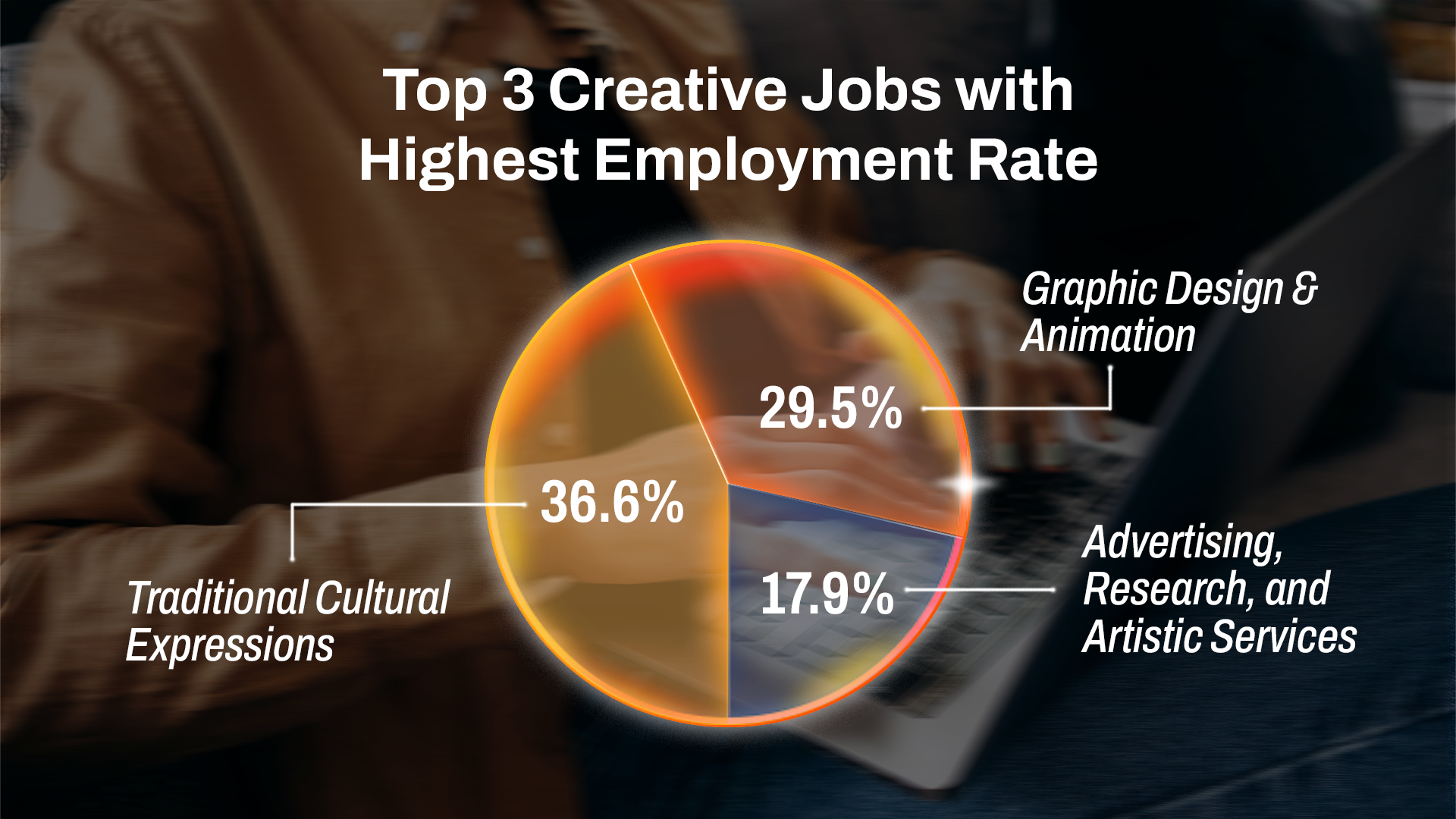
The creative industry in the Philippines powers the livelihood of 7.2 million Filipinos, according to the Philippine Statistics Authority (PSA). It contributes a 7.3 percent share to the country’s gross domestic product. Although this is a small portion compared to the service sector, which contributed 57 percent in 2024, creative jobs in the Philippines aren’t just surviving—they’re still essential to keeping our economy vibrant and growing.
“Creativity plays an important role in improving the economic performance of a country as it can attract potential investments and promote competitive advantage,” the PSA said.
The country’s creative landscape encompasses a diverse range of artistic industries, including audio and audiovisual media, digital interactive goods and services, advertising, research and development, graphic design and animation, media publishing and printing, music, arts and entertainment, visual arts, traditional cultural expressions, and cultural venues such as art galleries, museums, conventions, and trade shows.
Among these industries, the PSA reported in March 2025 the top three creative jobs in the Philippines with the highest employment rate in 2024: traditional cultural expressions (36.6%), graphic design and animation (29.5%), and advertising, research, and artistic services (17.9%).
In terms of economic contribution, the total value of creative goods and services produced in the Philippines increased to 1.94 trillion in 2024 from 1.78 trillion in 2023. The graphic design and animation sector led with 33.0 percent, or PhP 640.29 billion. This is followed by advertising, research and development, and other artistic service activities with a 21.4 percent share, and digital interactive goods and service activities with a 20.6 percent share.
Despite its richness, the emergence of AI creates anxiety among Filipino creators about their future.
More than the issue of massive layoffs, the ambiguity of copyright law when it comes to AI-generated works is a pressing concern, which devalues human artistry and original creation. Copyright laws were built for human creators, but AI can now churn out art, music, and text in seconds—blurring the lines of ownership. Right now, most systems still favor human input, meaning purely AI-generated work often falls into a legal gray area or gets claimed by whoever prompted it.
The Philippines also has no current provision that grants copyright protection to works generated entirely by AI without human creative input, or to generate content that AI copies from actual artists. This uncertainty can make it difficult for artists and businesses to protect their intellectual property or monetize AI-assisted works. Furthermore, it exposes them to proprietary risks if AI systems accidentally use copyrighted material in their outputs.
Related Read: AI: When & Where It Matters
Emil Mercado, a creative director from Rappler, expressed concern about the emergence of AI. In 2022, he said in his interview with Rappler that AI brought more anxiety than excitement to artists and designers, given the existing problems in the creative industry.
Mercado explained that many creative professionals already struggle with their work being undervalued, uncredited, or even stolen.
“From the client’s perspective, why would they go to the trouble of hiring an artist? They can be difficult to talk to, temperamental, can’t understand instructions, aren’t able to meet the deadline, etc. But with AI, they just punch in the prompt words, and they can have results in less than a minute,” he pointed out.
At the same time, as more creative tools integrate AI, more people, regardless of formal creative training, are gaining access to the industry. While this democratizes creativity, it also means increased competition and, for some, greater difficulty finding stable, well-paying work.
Illustrator Guia Abogado said in her interview with Rappler in 2022 that she wasn’t buying the hype around AI art as the “great equalizer.” She argues that, despite all the talk about democratizing creativity, the best AI tools are still locked behind paywalls, putting real power in the hands of those who can afford it. For her, it’s déjà vu: just like with cryptocurrency and NFTs, promises of open access often end up with the elite holding the keys.
In the entertainment industry, renowned film director Joel Lamangan, expressed his worries that AI may soon replace writers and directors. Lamangan noticed that even though AI is not yet perfected, the “traditional methods of conceptualizing and producing films are already shifting.”
“What I fear most is the loss of our distinct Filipino voice in storytelling, as creators outside our culture are producing more films,” Lamangan said.
Is AI the “Valentina” in the Creative Sector?
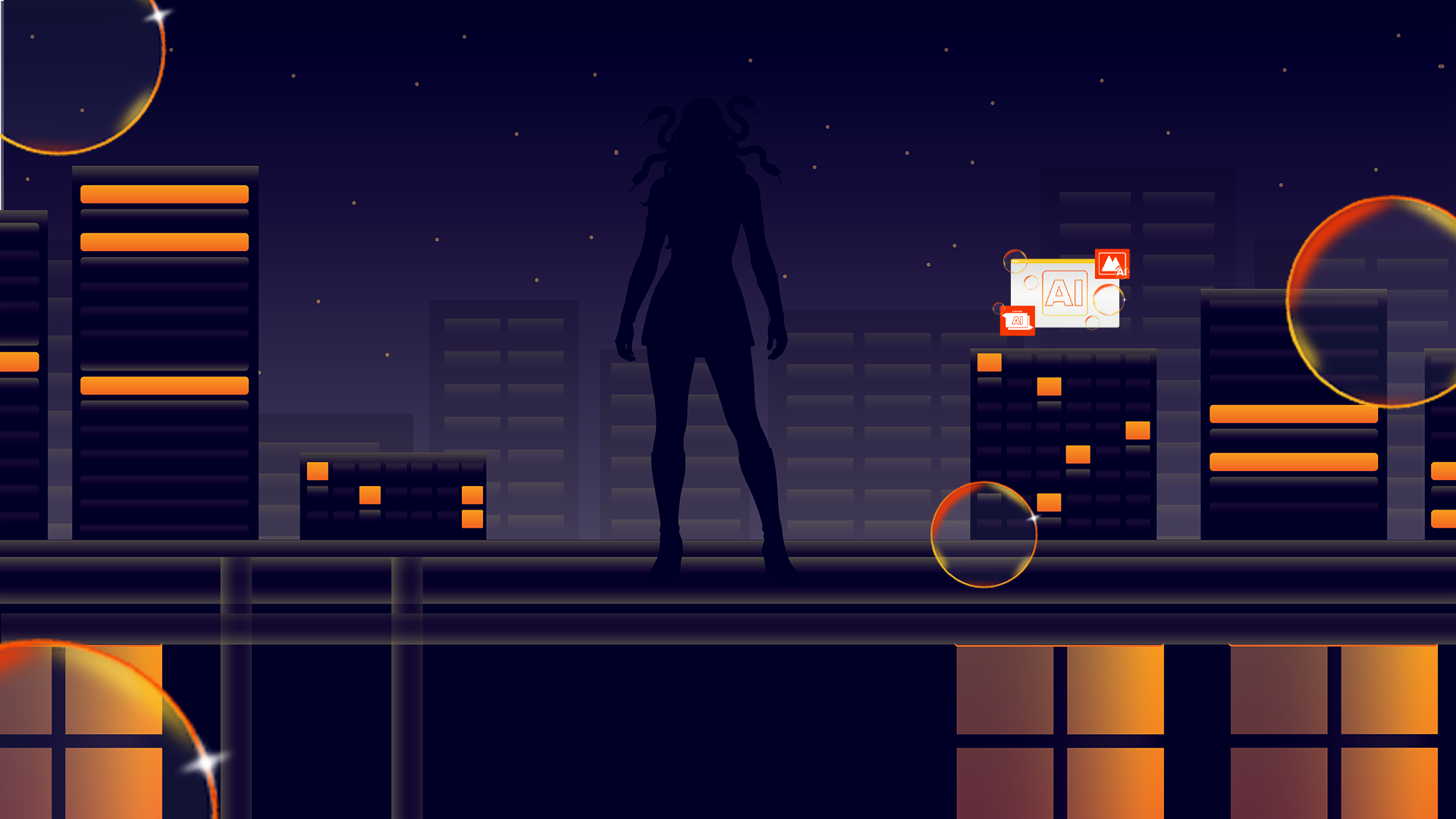
AI can indeed generate content in an instant—much like the swift, almost magical strike of Valentina’s serpent power. It signals a future where many creative jobs could be pushed aside, changed, or even lost altogether. It’s an ominous prophecy that feels close to reality in the Philippines as we move further into the AI era.
Should the creative jobs in the Philippines panic?
While AI can sometimes feel like a villain, especially when it comes to mimicking art styles or raising thorny copyright issues, it’s not the end of human creativity. Even the smartest AI still lacks what makes humans the true masters of creativity: raw emotion and genuine originality. The creative economy thrives on human emotion, the reason why the songs of SB 19 can make us hype or cry, and why a simple ad on EDSA lingers in our minds.
AI’s impact isn’t all bad news. Some of the world’s top artists are teaming up with AI, not as rivals, but as creative partners.
Takashi Murakami, a Japanese artist who collaborates with Louis Vuitton, describes AI as a tool that helps him tackle large canvases:
“When working on monumental pieces like Rakuchū Rakugai-zu Byōbu, I thought that using A.I. would help with the process… But we discover that the A.I. has limits… areas like gold leaf application, the texture of hand-painted brushstrokes, and the delicate balancing of color require human intervention. They work together.”
Roq Cleo, a resource speaker in the Inquirer Academy, emphasized that AI is more of a sidekick than a threat in the creative sector.
“Take Canva, for instance… AI didn’t replace the need for creative thought. It amplified human creativity and made design accessible to millions.”
The International Monetary Fund (IMF) recently reported that the creative jobs in the Philippines and its sector is among the industries “highly exposed” to artificial intelligence. Creative workers, such as writers, designers, and artists are included in this group. However, the IMF notes that most creative roles in the Philippines are considered “highly complementary” to AI. Unlike jobs involving routine, repetitive tasks, the creative sector will not be completely replaced by AI.
So, is AI a villain in the creative sector? Not quite. While it brings disruption and forces us to adapt, it also opens up new possibilities for collaboration and creative expression, provided we address the real risks and use it thoughtfully.
Meeting the AI Threat With Creative Grit
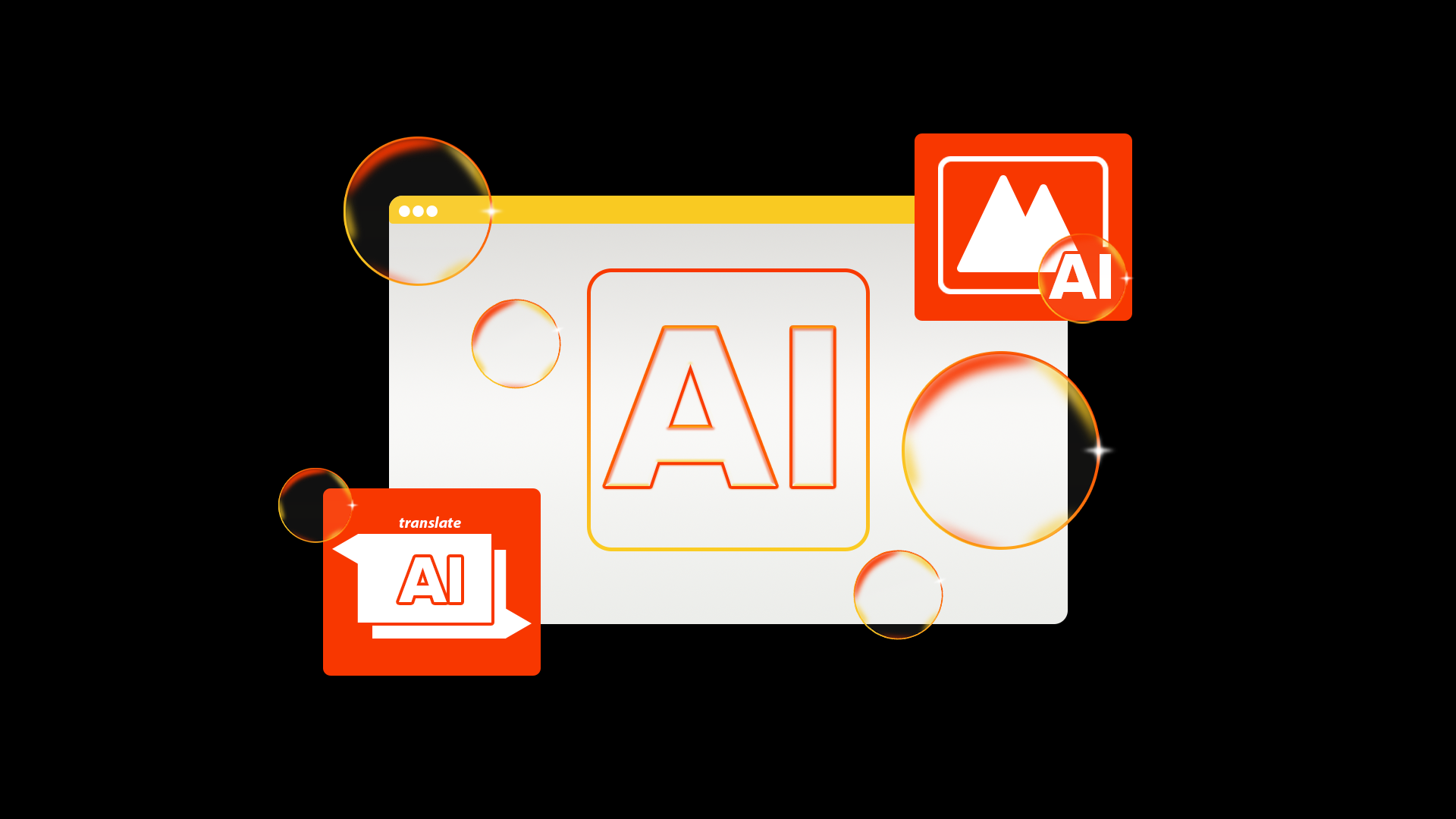
Creativity is not a linear path; it works in a spiral manner and is not completely fueled by archived information. Although art historical reference can boost creativity, an artist must have an active imagination, originality, a magnetic rapport with the audience, and be adept at using ever-evolving artistic tools.
This close relationship between human creativity and technology shows why it’s so important to approach AI thoughtfully. As our creativity grows and changes with new tools, countries like the Philippines are getting ready to use AI in ways that help people and society.
As the Philippines prepares for AI, the government introduced the updated National AI Strategy Roadmap 2.0 in 2024. First introduced in 2021, this AI strategy lays out a plan for how AI will be incorporated into different sectors to enhance competitiveness, promote collaboration in research and development, and equip the workforce for future roles, all while prioritizing responsible AI governance.
Backing up these efforts is the Philippine Creative Industries Development Act (Republic Act No. 11904), which became law in 2022. This isn’t just another government policy; it’s a real promise to support and uplift Filipino creative workers, from artists and designers to indigenous cultural communities. The law sets up a Creative Industries Development Council under the Department of Trade and Industry, charged with creating a long-term roadmap to grow the creative economy. This includes everything from training and financial aid to expanding markets and protecting intellectual property. Covering a wide range of fields—like audiovisual media, digital interactive products, performing and visual arts, and traditional cultural expressions—RA 11904 aims to position the Philippines as a global creative powerhouse by 2030.
Additionally, the Trabaho Para sa Bayan Act is intended to better align education with the needs of industries and create job opportunities as technology evolves.
Moreover, updating copyright laws to clarify ownership and protect both original creators and users of AI tools will be crucial for a fair and sustainable creative economy in the country.
To ensure that AI remains a true “creative partner” rather than a threat, creative professionals need to invest in continuous learning, focus on developing uniquely human skills, and for policymakers and industry leaders to support accessible upskilling opportunities. Here are some ways to improve your profession as a creative worker in times of job crisis due to AI.
Digital literacy and AI fundamentals: For now, the content that AI generates may not yet be perfect, but soon it will. So, to make yourself relevant working in creative jobs in the Philippines even in the future, it is vital that you give an effort to upgrade your knowledge about AI. In doing so, you will know how to use it to your advantage without sacrificing your creative talents. You should take some time to enroll in free or affordable courses on AI basics, like those offered by platforms such as Coursera or EDX.
Prompt engineering: AI is already here and soon it will be like the computer and the Internet, which are already part of the norms. It may seem the death of creativity and originality but this is actually a new skill, where you must be fluent in describing what’s in your mind and able to form words and sentences that accurately reflect your imagination, so the AI can generate the right content. Learning how to craft effective prompts to guide AI tools is a crucial skill that enhances output quality and creativity.
Critical thinking and emotional storytelling: These remain uniquely human skills that AI cannot replicate, so workshops or mentorships focusing on narrative development and cultural context are vital.
Creative software proficiency: Art software tools are now enhanced through the power of AI. Consider Adobe Sensei and Canva Magic Design, which open up new creative angles during brainstorming to help produce original content.
Don’t ignore these AI-enhanced design tools. Try experimenting with them. One of the goals of AI is to help artists have time to focus on the creative process part where they can show their human creative skills the most. For instance, in the ongoing debate about AI in the anime world, Iizuka Naomichi went beyond the boundaries of traditional animation by directing the first AI-assisted anime, Twin Hinahima, which aired in spring 2025. The animation was produced with 95 percent AI involvement; however, the drawings, storyboard illustrations, and AI refinement of character movements were done by animators.
During Niigata’s 3rd Animation Festival on March 17th at Niigata Nippo Hall, Naomichi expressed optimism about using AI to aid animators:
“I never even thought of entrusting directing to AI. I thought it would be pointless to let AI handle the interesting parts of video production. But anime production is largely based on imitation. Animators imitate character designs, and in-betweeners imitate key drawings. That’s how anime is made. Animators have fewer opportunities to think about directing. It’s difficult to develop animators who can direct. I hope that by using AI to reduce production costs, animators will have more opportunities to direct.”
However, anime director Makoto Tezuka, known for Astro Boy 와 Black Jack, argued that mere knowledge of AI is insufficient to create anime:
“If you only study AI, you will become someone who cannot make anime,” Tezuka said.
Collaboration and Community Building: Creative grit today means more than just individual talent; it’s about building vibrant networks that blend human insight with AI’s unique strengths. By partnering with technologists and AI specialists, artists can co-create projects that push creative boundaries while carefully navigating ethical and copyright concerns. Joining creative communities and learning groups focused on AI integration helps share ideas, tackle challenges, and find solutions together, easing feelings of isolation and anxiety. Bringing together designers, writers, and marketers from different fields sparks projects that feel whole and fresh—using AI not just to innovate, but to create work that truly connects with audiences and markets.
At the same time, creative workers continue to draw from their diverse experiences—the fountain of originality and imagination. AI, in this light, is an extension of human creativity, born from our shared drive to beat deadlines and meet the relentless demands of the creative process. It’s not AI itself that poses a threat, but rather how companies might exploit it to cut costs and churn out mass-produced content without regard for quality.
Outside the Philippine border, Brandon Jaratt, an executive board member of the Animation Guild and AI Task Force in America, captured this concern plainly:
“The studios are always looking for ways to spend less money… they’re going to try to exploit [AI] in any way they can — and that’s where the fear comes from,” Jaratt said.
To help workers with creative jobs in the Philippines endure the growing AI landscape, businesses must continue to support their unique talents. While AI is indeed powerful as it can generate content quickly, it relies entirely on the past. It analyzes vast amounts of existing poems, drawings, and styles from the internet to identify patterns. In contrast, human creativity springs from the unseen and the unexpected, where true originality is born. This spark allows us to create work that feels fresh, captivating, and far from saturated or repetitive.
When creativity meets business, pure alchemy takes place. This vibrant fusion sparks a cultural and economic revolution, where our imaginative ideas transform into market-ready goods that fuel growth, create jobs, and enrich culture all at once.
Creative goods and services are powerful reflections of our cultural identity, freedom of expression, and innovative spirit. They showcase the thriving creative side of Filipinos and have the potential to connect our country to the global stage.
In 2023, former economic planning secretary Cielito Habito highlighted the potential of the country’s creative economy, noting the Filipinos’ creative talent and urging deliberate efforts to emulate the success of South Korea’s creative sector.
“Given the Filipinos’ widely acknowledged artistic and creative talent, often described to be the richest and most versatile in Asia, this need not be a pipe dream beyond our reach. Now is the time for us to deliberately plan and work on ‘doing a Korea,’ and cash in much more than we have so far been able to, on our creative economy,” Habito said.
The Resilience of True Art
Mass reproduction didn’t destroy sacred painting. Photography didn’t kill portrait. Printing presses didn’t end poetry. Television didn’t end theatre. Digital didn’t kill the painter. True art doesn’t perish—it shapeshifts.
FAQs

- As a fresh grad, how much is the entry level working in the creative jobs in the Philippines?
Entry-level salaries for first grads in the creative industry in the Philippines typically start around ₱15,000 to ₱25,000 per month, depending on the specific role and company.
- Is being a freelance artist in the Philippines a stable way to make a living?
Being a freelance artist can be stable but varies a lot; some freelancers earn between ₱30,000 to ₱100,000 per month, depending on projects and demand, so it requires hustle and good networking.
- What sector in the creative industry offers the highest salary, even for fresh graduates?
The highest-paying sector for entry-level creative roles tends to be graphic design, with starting salaries around ₱ 27,000- ₱35,000 per month or more, followed by multimedia arts and general artist roles, which are around ₱22,000 to ₱30,000 monthly.
Apply Now at Lahat Jobs
Whether you’re just starting or have years of experience, Lahat Jobs is your gateway to the most exciting and innovative creative jobs in the Philippines! Create or update your resume now at Lahat Jobs. Then, search for jobs on our website or download our app on the App Store or Google Play.
